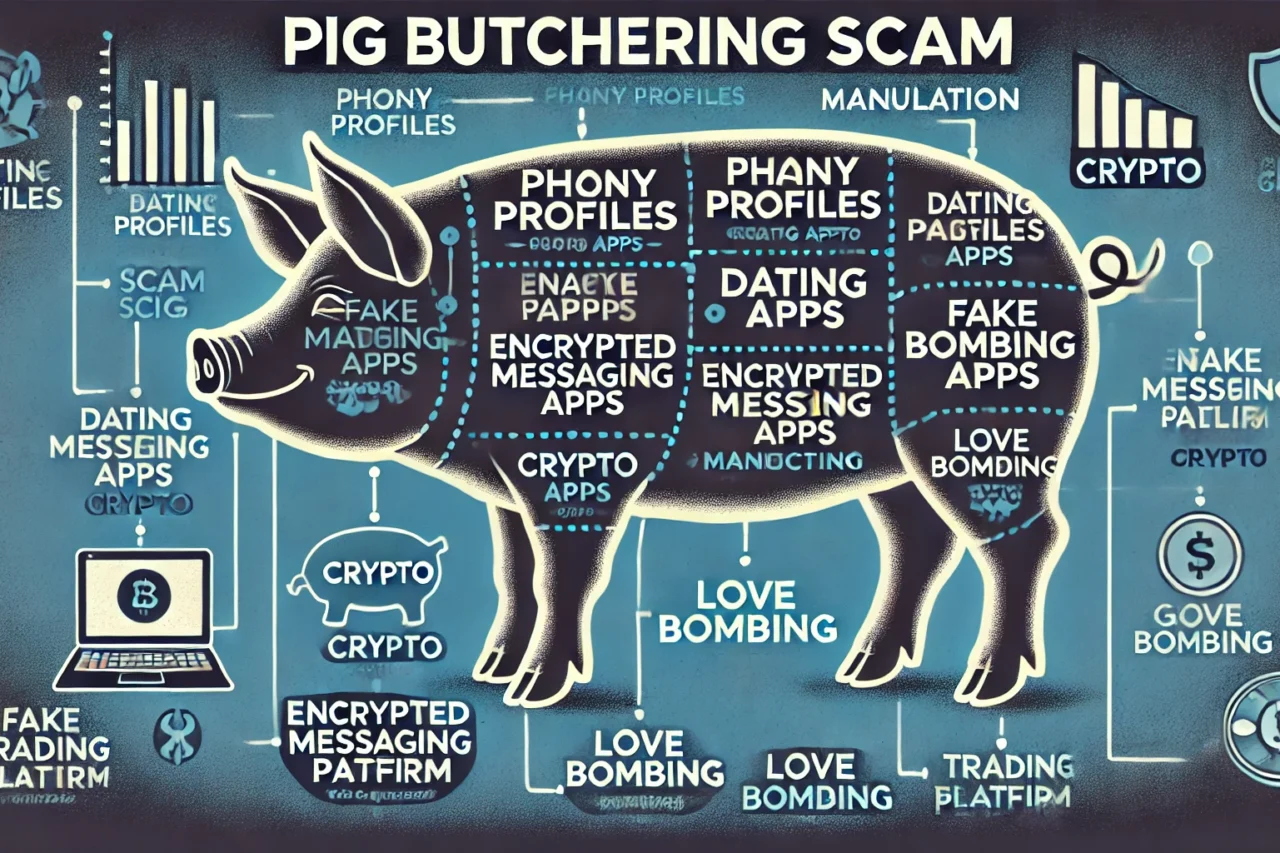CSPM vs CWP: What’s the Difference?
August 29, 2023, 3 min read
Cloud Security Posture Management (CSPM) and Cloud Workload Protection (CWP) are independent, but interconnected facets of cloud security. CSPM stands for cloud posture management, and CWP stands for cloud workload protection. Let’s dive in and learn more about these two cloud security terms.
What Is CSPM?
CSPM(Cloud Security Posture Management) is an acronym for Cloud Security Posture Management. CSPM is primarily concerned with evaluating and managing the overall security posture of a cloud environment. It involves comparing cloud resources, configurations, and rules to the industry’s best practices and compliance standards. Continuously monitoring cloud assets for potential vulnerabilities and misconfigurations is the responsibility of CSPM tools. When problems of this nature are identified, CSPM provides insights and solutions that can be implemented to fix them. This preventative strategy assists organizations in closing any security holes and meeting applicable regulatory requirements.
What Is CWP?
CWP, which stands for “Cloud Workload Protection,” on the other hand is focused on protecting individual workloads and applications while they are housed within a cloud architecture. Its purpose is to safeguard these workloads against various dangers, such as malicious software, data breaches, and unauthorized access. CWP products typically incorporate functions like intrusion detection, file integrity monitoring, and vulnerability assessment as part of their functionality. CWP helps to maintain a secure environment for essential applications and services by safeguarding workloads. This adds to the overall goal.
Cloud Workload Protection, often known as CWP, is a set of precautions to ensure the safety of particular workloads or applications hosted within a cloud environment. Any software program, service, or process that operates on virtual machines, containers, or serverless computing platforms can be considered a workload. Workloads can also be divided into manual and automated categories. Protecting each workload becomes more critical as the complexity of cloud environments increases due to various workloads and apps. This is done to avoid vulnerabilities being exploited.
Implementing a combination of tools and best practices is required for CWP security, which ensures that workloads are protected during their entire lifecycle. This comprises the identification of threats in real-time, the management of vulnerabilities, the prevention of intrusions, and access control. This step protects workloads from malware, unauthorized access, and data exfiltration. The Cloud Workload Protection program (CWP) helps make the cloud environment more resilient by concentrating on the safety of individual workloads.
What Are The Differences Between CSPM and CWP?
The Cloud Workflow Protection Model (CWP) and the Cloud Security Policy Model (CSPM) are necessary for cloud security, although they focus on distinct parts of the cloud environment.
Evaluation and ongoing maintenance of the overall security posture of the entire cloud environment are the primary goals of CSPM.
The Cloud Workload Protection (CWP) service safeguards individual workloads and applications within a cloud infrastructure. The CWP has a more focused mission, primarily concerned with protecting particular workloads and the applications they house.
The Cloud Service Provider Management program evaluates cloud resources, configurations, and policies across a complete organization’s cloud footprint. This provides coverage for a broader scope.
When we compare these tools types about their functions, we can also say;
CSPM tools analyze the cloud setups to search for vulnerabilities, misconfigurations, and compliance violations. They offer suggestions for how the situation might be improved. On the other hand, protecting workloads (CWP) from a wide variety of threats is the responsibility of CWP tools, including threat detection, vulnerability management, intrusion prevention, and access control.
Maintaining compliance, locating security holes, and adhering to best practices are all essential functions that require CSPM to be performed throughout the entire cloud infrastructure. CWP is necessary for ensuring mission-critical applications’ safety, preventing breaches in data security, and preserving the integrity of workloads.




























